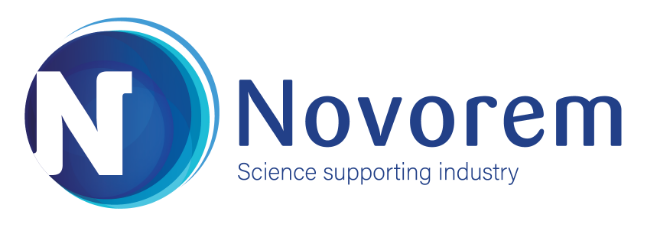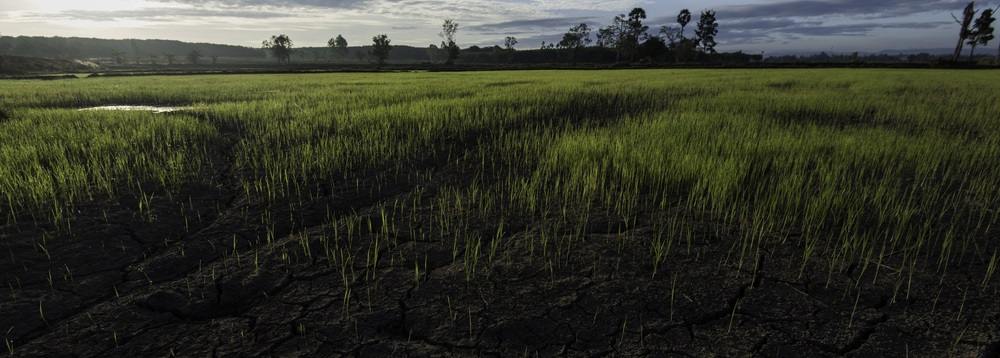Recently we’ve seen a growing demand for molecular biological analysis and what we refer to as ‘community profiling’. It’s a good sign, especially in the bioremediation world; this growing demand points to the increased take-up of biological solutions to contamination challenges.
The increase in demand has come with an increase in companies offering profiling services. However, not all providers offer the same service or analysis – and this can impact your decision making.
It’s one thing to sequence DNA to get a community profile, it’s another thing entirely to interpret those DNA sequences. To use community profiling successfully in bioremediation (or any other process driven by a community of microorganisms), data analysis and interpretation is just as important as the quality of data generation.
The what’s and why’s of community profiling
We are seeing a growing appreciation and understanding of the importance of microbiology, and that it has frequently had a positive impact on the remediation and health of degraded soil and water environments. But while people understand that microbial communities are the foundation of environmental health, for many that’s as far as their knowledge goes.
So, what is community profiling?
A collection of microbial cells belonging to the same species is called a population. A mixture of populations is known as a community. The functional attributes of a community, such as degrading a pollutant, emerge from the biological composition of the community. To predict function we therefore need to know what species are present, how abundant each is and what chemical transformations each species catalyses. This is why community profiling is undertaken. This is done by:
- Extracting DNA from the community in an environmental sample.
- Making multiple copies of ‘name tag’ genes present.
- DNA sequencing the ‘name tag’ genes.
- Quality checking the sequence data.
- Matching the DNA sequences to ‘name tag’ databases.
This gives you your community profile, which is like a fingerprint of the community, showing a list of species that are present and their relative abundances.
Why do it?
Community profiling is done in order to determine the right treatment for a contamination by determining the microbiological make-up and therefore how it can be manipulated to produce the desired result. In remediation instances, looking at a community profile can tell you about the condition of the environment and whether that’s appropriate for the biological degradation of a pollutant.
But this is where it gets tricky, and the choice of analysis and provider matters. DNA sequence data alone won’t tell you the best way to use the information it has produced.
Without the proper analysis and interpretation, it’s easy to make mistakes in the response, wasting time and money and increasing the likelihood of an unsuccessful result.
There’s more to community profiling than just the DNA sequence data
One of the biggest advantages of some of the community profiling services emerging from increased demand is the speed in which they can return results. In some cases, there is a turnaround as quick as a week.
Logically, faster data production provides for more responsive decision making, which makes these services highly desirable. But it also presents some questions around the depth and accuracy of the analysis, and how effective the steps taken based on it will be.
To actually be able to make use of the profiling to carry out remediation works, you need two things:
Expert data curation
Microbial community profiling has been evolving rapidly for years. Molecular microbial ecologists have grown accustomed to it. Change is the only constant. New approaches and software for processing gene sequence data are always emerging and the databases used to match DNA sequences to microorganisms are ever-expanding. The best and most recent software and databases generate the most robust output for interpretation.
Experience, expertise and access to the latest tools and research is important for making sure the analysis is as accurate and informative as possible.
Expert data interpretation
When it comes to community profiling, if you are just getting the sequence data generated without fully interpreting it, then you’re missing out on all the information, and hence value, you could be extracting from it.
Interpretation of high-quality community profiles generates a holistic picture from the data by looking not only at the bacteria that you’re interested in, but all the other bacteria present. This gives you an understanding of the health or condition of that system. Are your pollutant degrading species in the company of friends (symbiosis) or foe (competition or antagonists)? Does your community profile reflect aerobic conditions when you’re after an anaerobic process? Is your community packed with bacteria that adversely impact pH?
The right next step
One of the main purposes of profiling in bioremediation is to determine if the contaminated site is compatible with bioremediation methods and what the next step is to achieving sustainable remediation outcomes.
For example, if you seek to promote an anaerobic or reductive biochemical transformation (for example with organochlorines at depth in groundwater), but profiling reveals your community is dominated by aerobic bacteria, then you know that the site is not in the right state to break down the pollutants.
Solution
It’s important to remember that the community profile is the vehicle to the outcome, not the outcome itself. Like many things, the cost or time of the service is directly related to the quality it provides.
Interpretation is one of the most important parts of community profiling, and technically what makes the practice worth the time and effort. Yet many providers will shy away from offering interpretation because there might be liabilities associated with it.
To get all the services you require and get the best chance of achieving the right outcomes, it can come down to your provider and the service they offer. It’s important to look for:
- High-end microbiology expertise
- Access and knowledge to the latest literature, software and databases
- Understanding of the next step processes
By prioritising these factors, you can almost guarantee a high-quality community profiling analysis and interpretation, and be sure that the next step you take will achieve your desired outcome.
Novorem is a bioremediation company that offers community profiling as part of our services. We retain established state-of-the-art sequencing facilities to get the data (with access to the latest bioinformatics) and because of our experience, expertise and deep understanding of microbiology, we have never been afraid to interpret and make recommendations from our community profiling data.
Our experience and expertise in looking at and understanding groundwater and soil communities also puts us in a unique position to provide guidance in terms of potential for bioremediation or what actions should be taken to promote it.
To find out more about our community profiling services, click here to contact us.
Author bio:
Önder Kimyon is the principal scientist of Novorem Pty Ltd and is a renowned expert in environmental science and microbiology.
Önder and the Novorem Team have made award-winning contributions to environmental research and biotechnology development, including the biological degradation of contaminants of concern.
If you would like to know more about microbiology or bioremediation, click here to contact Önder.


